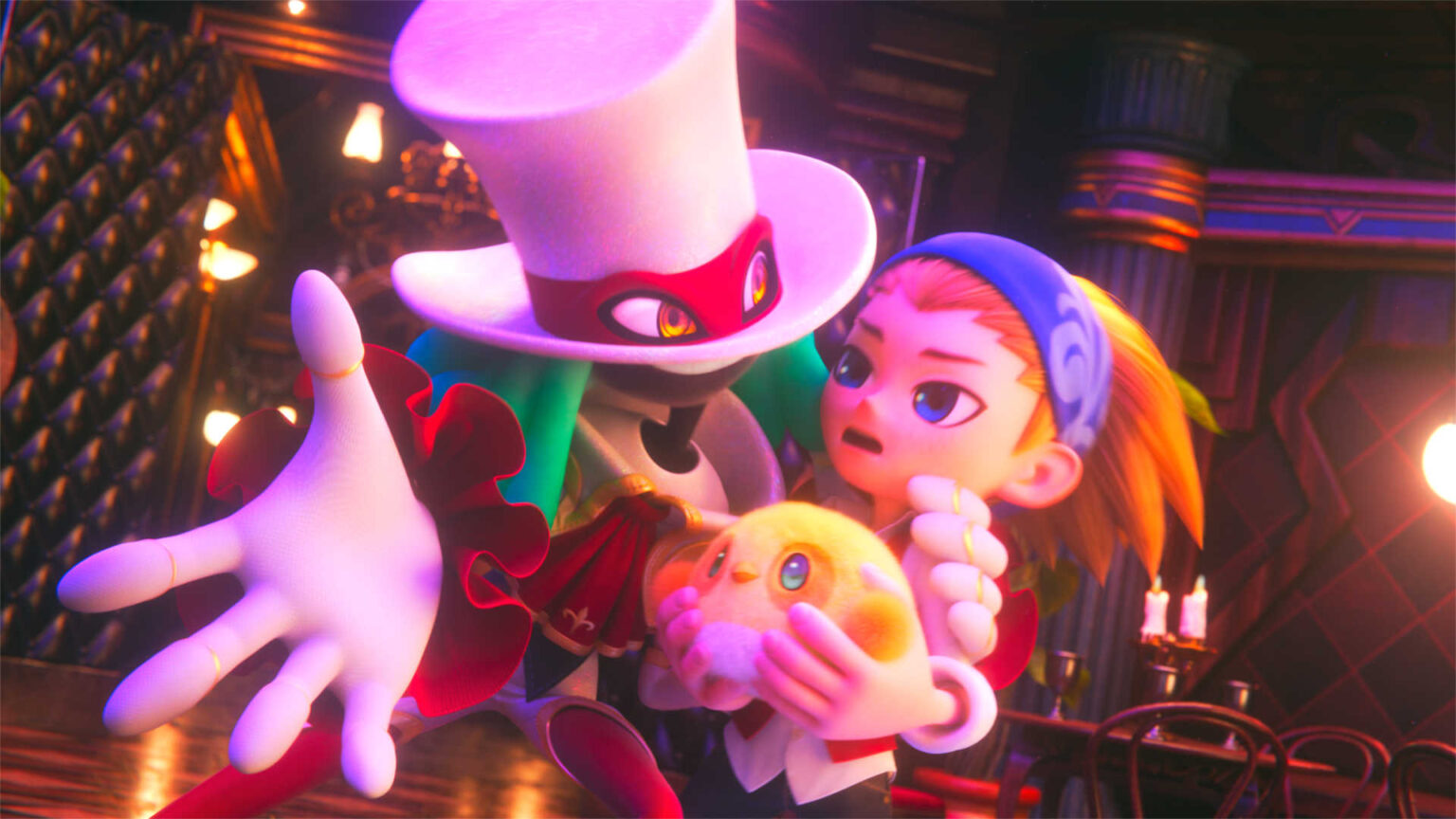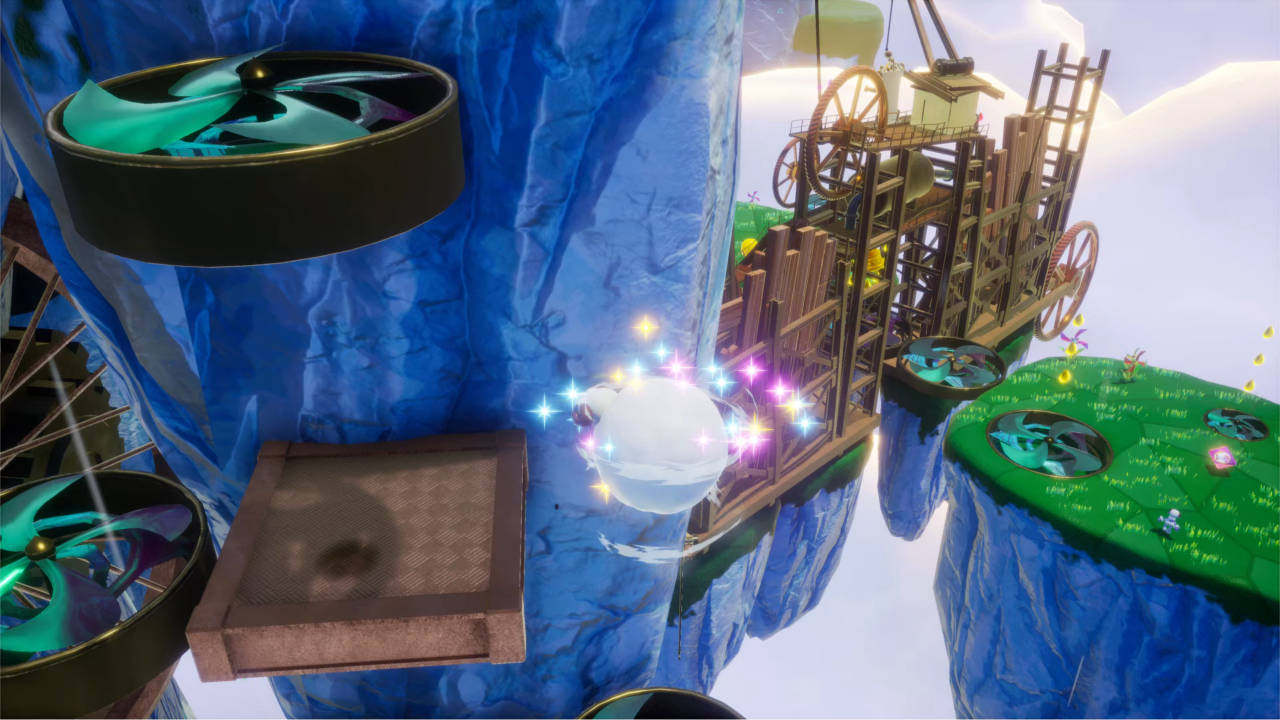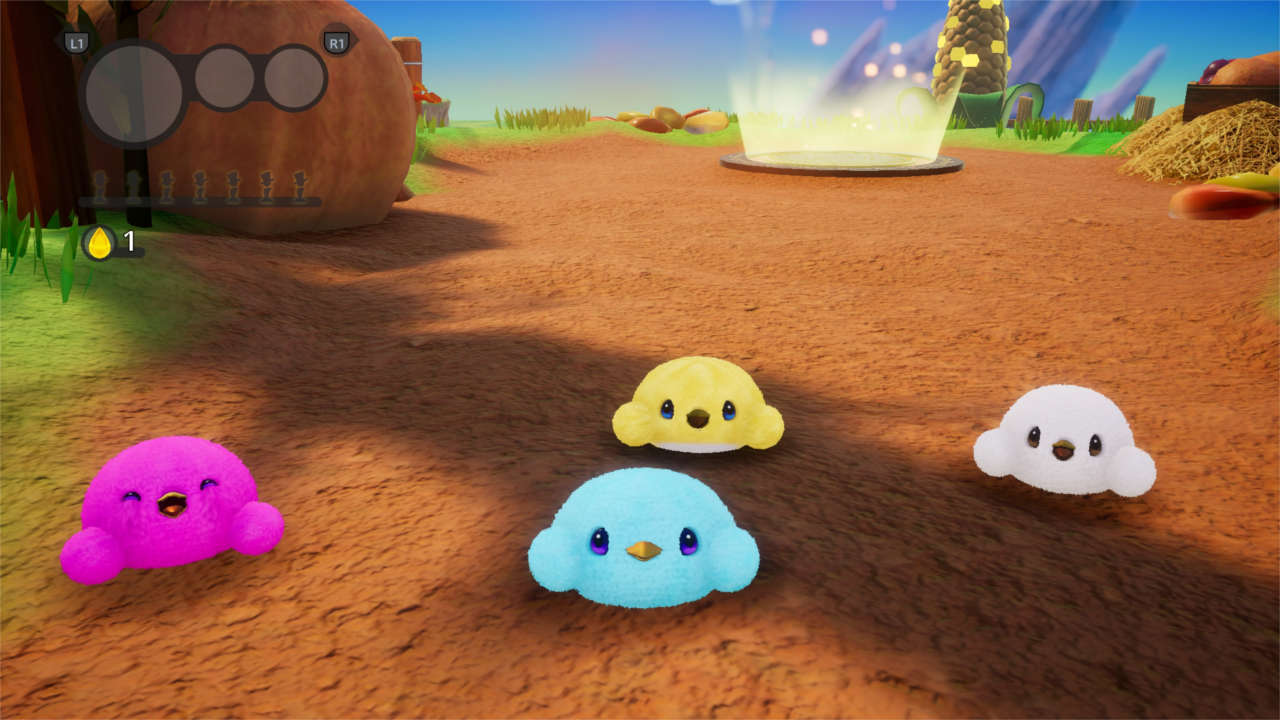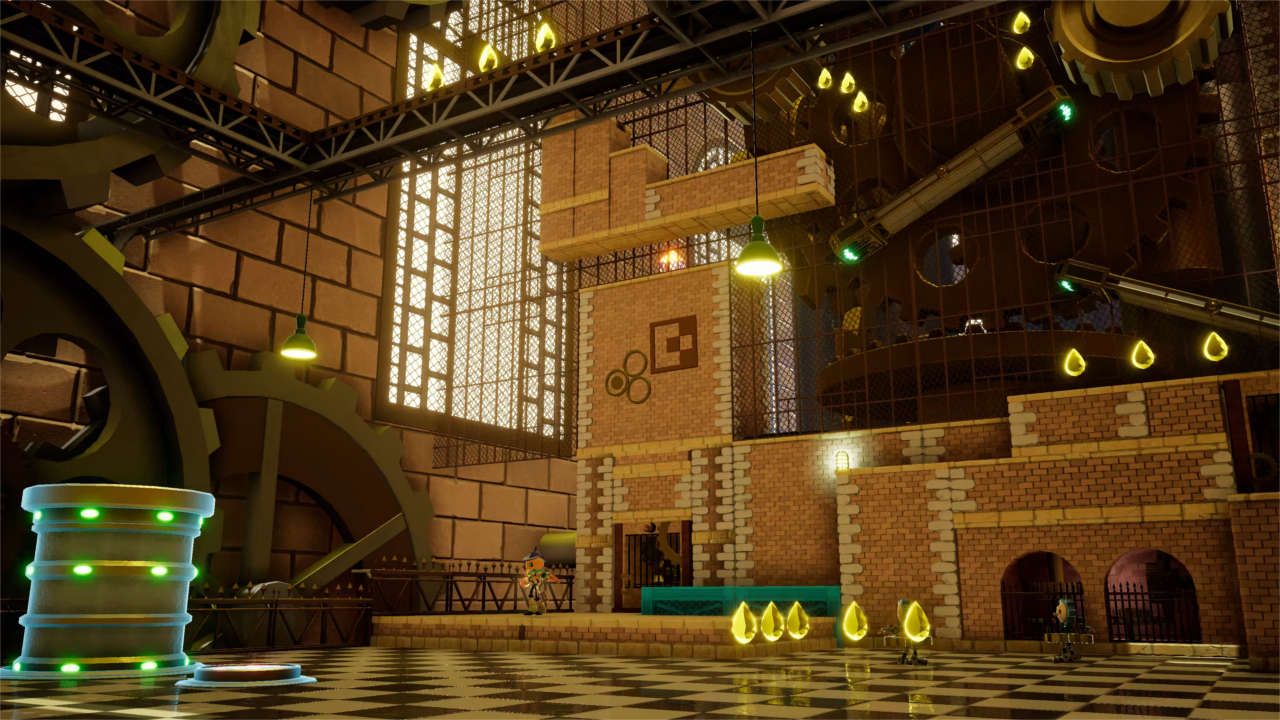Balan Wonderworld
is an odd endeavor for Square Enix, when one steps back and looks at the bigger picture. Besides the game being a 3D platformer – a subgenre outside of Square’s role-playing wheelhouse – it’s also a new intellectual property created by one of Square’s latest in-house studios. Furthermore, the creative team behind Balan Wonderworld includes Yuji Naka, the former head of Sonic Team and one of the key figures behind the early Sonic the Hedgehog games. In short, there’s a lot of fascinating details to unpack here and a great deal riding on Balan Wonderworld finding an audience.
So it came to pass that Square tested the waters by releasing a somewhat substantial demo of the game prior to its launch, allowing players to get a taste of what’s to come. While there’s much that seems compelling about Balan Wonderworld, it’s just as true that there are areas where better communication of ideas and further polish are needed.
The Highs
Much to our surprise, Balan Wonderworld relies on obvious genre conventions and nods to the design of past 3D platformers to help ease the player into its setting. Balan Wonderworld has its adorable cartoon protagonist run around intricate levels that belong to distinct hub areas, not unlike the segmentation of worlds in Super Mario 64 or Banjo-Kazooie. In another nod to those earlier classics, Wonderworld features collectable teardrop-shaped gems strewn about its levels. While this approach does mean the game is highly adherent to formula, it makes understanding area geography and determining paths through levels quite clear.
That said, the demo came to stand out with more fascinating aesthetic choices as it progresses. The second of the themed hubs shifts away from the farmland iconography of the first zone, instead focusing on windy peaks and winding grass-covered pathways. The third hub, meanwhile, skews even further from naturalistic geography in favor of oversized clockwork parts that double as platforms or obstacles. The sheer imagination on display where Balan Wonderworld’s levels are concerned almost threatens to overshadow the rest of the game’s art direction.
Lucky for us, other aspects of the game’s visual design just about match the levels in terms of range and intriguing qualities. Friendly characters and enemies alike vary in their level of detail and color scheme, but all fit within the game’s broad fantasy aesthetic. More impressive is the map design, in particular how its component blocks seem to rise from below and curve away from the player’s view. These touches convey a sense of a delightful world unmoored from the rules of our reality, with the greatest aid to this endeavour coming in the form of Wonderworld’s power-ups.
Another design choice borrowed with apparent affection from other platformers, the power-ups both grant the player character a specialized ability and change their appearance in drastic ways. Among the demo’s highlights were the vertical stretching of the Elastiplant and the Tornado Wolf’s signature vortex spin. Most of the time, these transformations are as visually interesting as they are useful for play.
Of course, some power-ups seem to exist to facilitate an amusing sight gag; the random transformations of the Box Fox come to mind. Regardless of the power-ups’ cumulative practical value, though, it’s clear Wonderworld has a firm sense of how to integrate its mechanics to maximize the player’s enjoyment.
The Lows
Alas, Balan Wonderworld’s charm and clear creativity can’t make up for the demo’s habit of being obtuse about various aspects of play. The demo drops players right into gameplay without any kind of formal tutorial, the implication being that everything is obvious enough to figure out without directorial input. Problems arise when the game introduces various mechanics and features but neglects to explain them or provide contextual clues as to their exact purpose.
For example, the collectable gems are meant to be used to feed the Tims, strange furred creatures whose numbers grow with each egg found in levels. For whatever reason the demo never alludes to this usage of the gems, instead expecting the player to guess the intent behind their inclusion. Whether due to lack of foresight or pure arrogance on the designers’ part, this approach to gameplay design could undercut any legitimate successes achieved by the rest of the game.
What’s worse is the obscuring of context extends to the plot as well. Balan Wonderworld’s demo opens with a stretch of cutscenes that introduce the player’s chosen protagonist and the otherworldly showman Balan but are devoid of explanatory dialogue. We’re left to guess at the thematic intent behind moments like our hero walking away from a public park in despair and Balan cropping up for quick-time event sequences. While one could note how on brand a confusing and ill-defined narrative is for Square Enix, it’s nonetheless frustrating to see Wonderworld stumble in this fashion.
Then there’s the issue of its technical performance, one of the areas where the demo most falters. Those playing on ninth generation systems or PC are likely to be fine, but our time with the Xbox One version involved various instances of slowdown and hitching. In addition, there was artifacting on the edges of character models that became jarring in the more elaborate cutscenes. If this performance is representative of how PS4 and Xbox One players are going to experience the game, it’s hard to believe this won’t result in some form of public outcry.
The Current Outlook
The main takeaway from Balan Wonderworld’s demo is that the full game has the potential to be drawn between extremes of quality. The level and art design show great promise, while the implementation of powered costumes makes for fun traversal and problem-solving. At the same time, we can’t ignore how technically compromised and lacking in clarification the game seems to be. The whiplash between its highs and lows raises a number of uncomfortable questions about Balan Wonderworld’s readiness for launch.
All that can be done for now is to wait and see what results when Balan Wonderworld releases on March 26th. The game will be available for PlayStation 4, PlayStation 5, Xbox One, Xbox Series X|S, Nintendo Switch, and PC.
No related posts.









